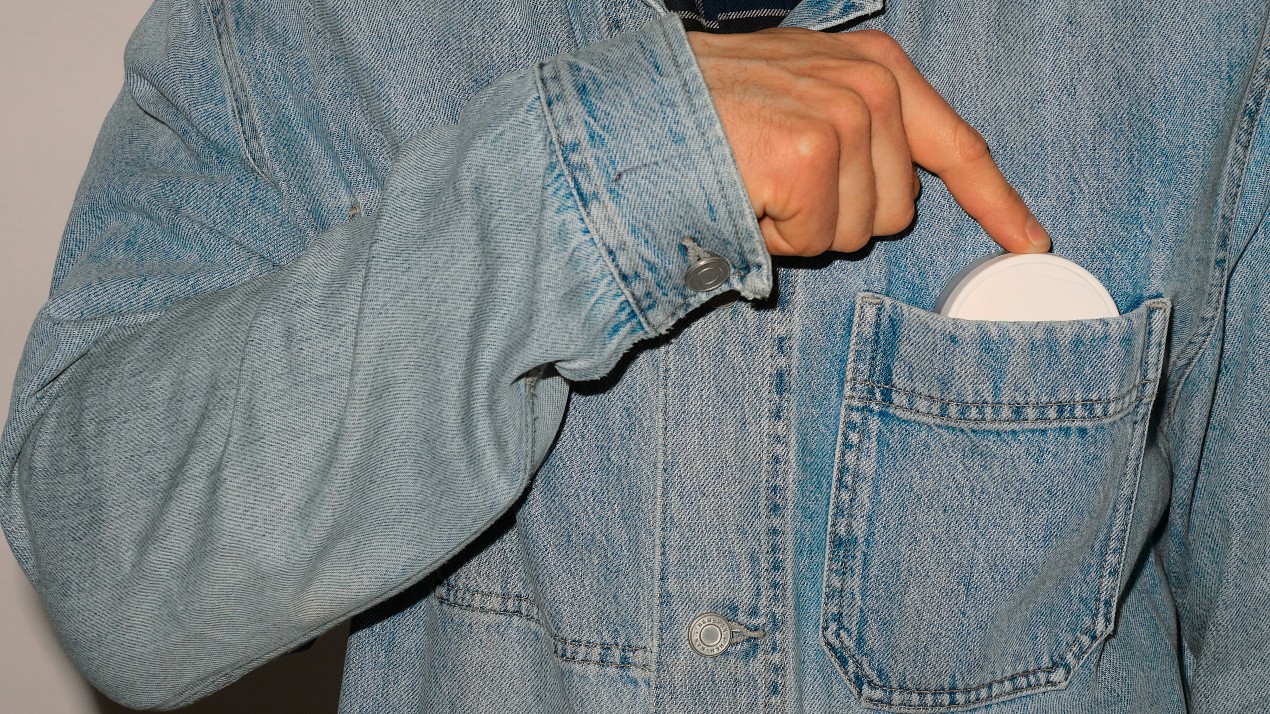You’ve probably heard of vaping. You’ve probably taught about smoking. But what about nicotine pouches?
They might look small and harmless, tiny sachets that could easily be mistaken for mints or gum, but they’re becoming a new talking point in schools. Quietly rising in popularity, particularly among young people influenced by sports stars and social media trends, nicotine pouches are now raising fresh questions about health, addiction, and school culture.
So, what exactly are they, and should teachers be concerned?
Nicotine pouches are small, white, tobacco-free sachets that release nicotine into the body. Users tuck them between their lip and gum, where saliva breaks down the outer shell and the nicotine is absorbed into the bloodstream.
They’re sometimes called nicopods, lip pillows, lip cushies, or upper deckys. And unlike vapes or cigarettes, there’s no smell, no smoke, and no vapour. Just a discreet hit of nicotine that can happen unnoticed, even in the middle of a lesson.
We describe them in our lesson as:
“A new(ish) addictive nicotine product breaking the rules. Nicotine pouches are far less visible, people might not even realise someone is getting their nicotine hit.”
Flavours like cool mint or citrus burst. Sleek, minimal tins. Mentions from influencers and professional footballers. Nicotine pouches are packaged and promoted in ways that appeal to young people.
A recent survey found that 1 in 5 professional footballers use nicotine pouches or snus. Interestingly, nearly half of those footballers said they wanted to stop using them within a year, with many citing “relaxation” as the main reason they started.
Whether it’s curiosity, peer influence, stress, or just the latest trend, nicotine pouches are gaining attention and normalising nicotine use in new ways.
.
We’ve found that young people are keen to explore not just the facts, but the reasons why they or their peers might try them. That’s why our lesson encourages students to think about advertising, role models, and social pressure as part of the conversation.

Awareness of nicotine pouches is growing, even though use is still pretty low. In Scotland, 5.4% of people have tried them, with 1% saying they currently use them when at the same time, 44% of people said they hadn’t even heard of them. A 2024 survey also found that 40% of teachers had seen pupils misusing nicotine pouches in school.
It’s not just schools who are worried. The Scottish Government has said it’s "committed to making sure products containing nicotine are properly regulated, especially to protect children and young people".
Our lesson helps students get to grips with these facts in an age-appropriate, balanced way, using activities that encourage honest conversations and critical thinking in the classroom.
It might be easy to think this issue is just for secondary schools or above, but we know that conversations about nicotine and smoking start much earlier. Many of us learnt about the risks of smoking in primary school, and the same applies here. Just because younger pupils aren’t using nicotine pouches doesn’t mean they shouldn’t be informed. Our lesson for 9–11 year-olds helps pupils understand what nicotine pouches are, why they’re harmful, and how to spot the influence of advertising, all in an age-appropriate way.
It depends who you ask.
Nicotine pouches are technically legal for under-18s in the UK. They don’t contain tobacco. They’re marketed as an alternative to smoking. But they also come with risks:

If you’re reading this thinking “not another thing to worry about!”, you’re not alone. But as with vaping, knife crime, or online safety, it’s not about needing to be an expert. It’s about creating space for discussion, awareness, and critical thinking.
Here’s what might help:
Our free lesson offers an easy way to start the conversation, supporting teachers with clear guidance, activities, and resources that get students thinking and talking about this issue.
Nicotine pouches might not yet be “the next vaping”, but their rise is worth paying attention to. They’re discreet, addictive, and marketed in ways that resonate with young people.
By staying curious, proactive, and willing to talk, we can equip students to make informed choices, even when new trends appear under the radar.
And who knows? Next time you spot a sleek little tin on a desk, you’ll be one step ahead.